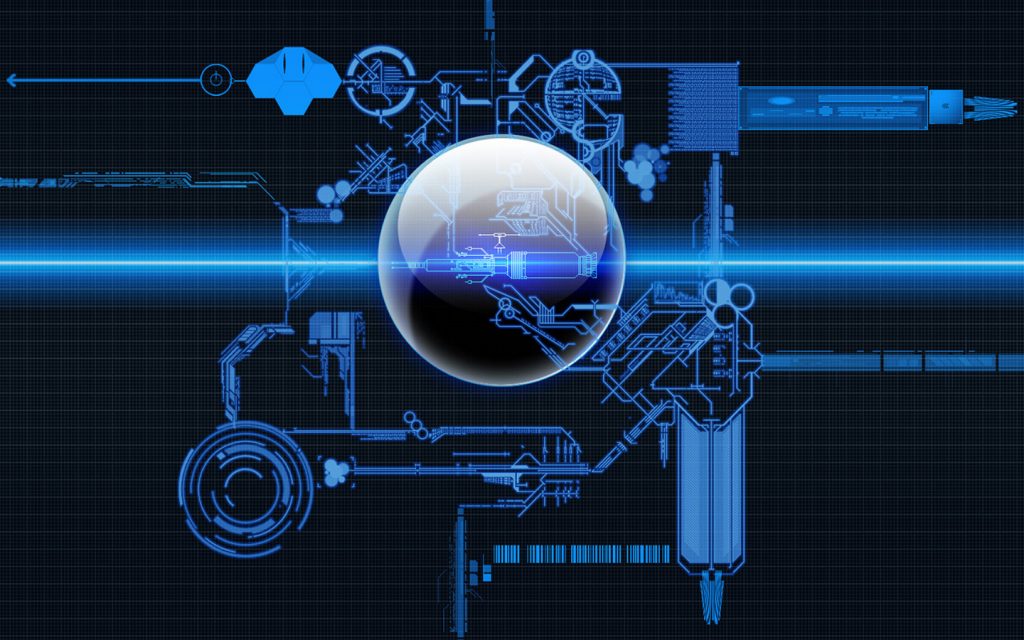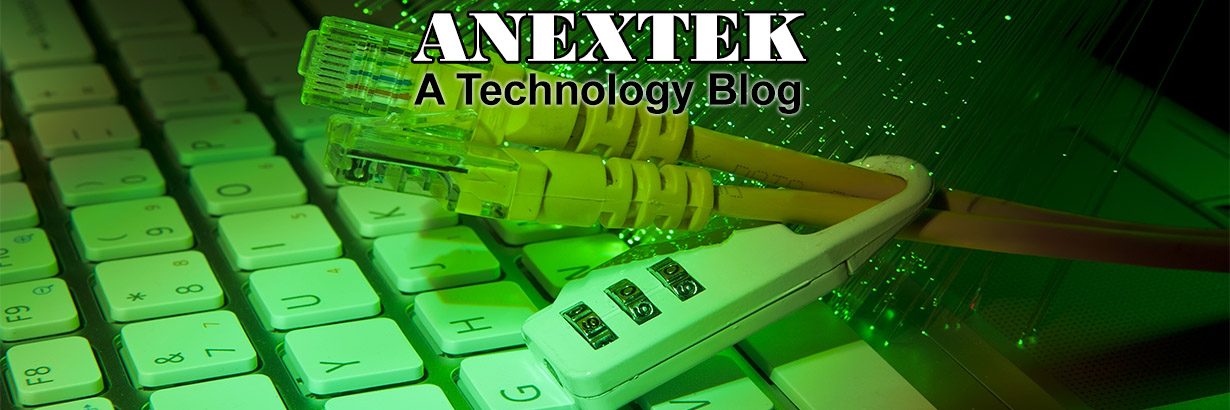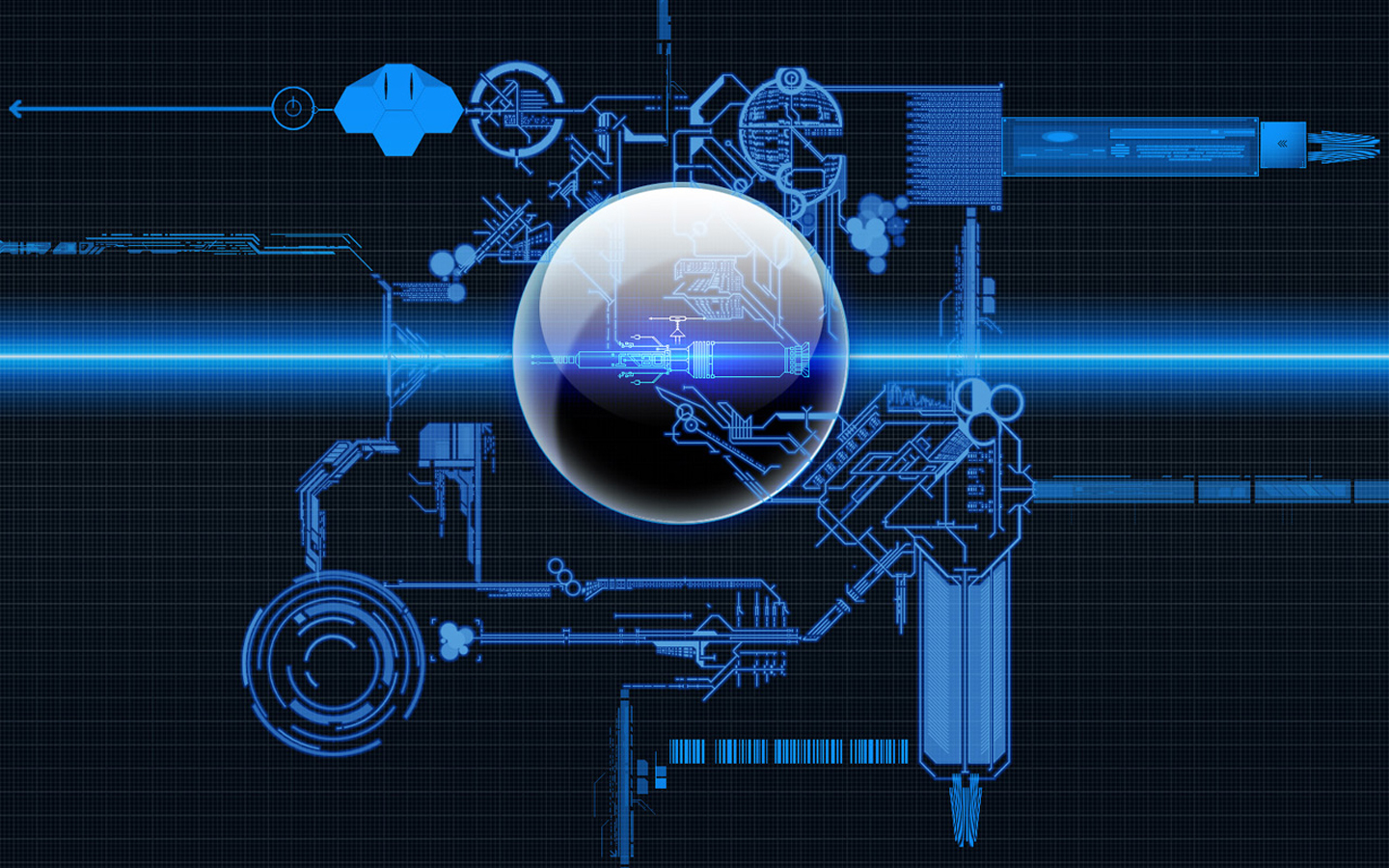 Sputtering is one of the most common deposition methods available today.
Sputtering is one of the most common deposition methods available today.
There are various way to deposit materials like ceramics, metals, and plastics onto a surface (substrate) to form a thin film. Among all these processes is something called sputtering, which has become one of the most common ways to fabricate thin films. Sputtering is a PVD, or physical vapor deposition, process that is used for the deposition of materials onto a substrate through the ejection of atoms from such materials and condensing them within a high vacuum environment. Here is a basic breakdown of how the process of sputtering occurs through a magnetron sputtering system.
Ion Bombarding
A target, or the source of the material is going to be deposited onto the substrate, is bombarded with energetic ions, typically inert gas ions like argon. The forceful collision of these ions onto the target ejects ions into space. These atoms will then travel a certain distance until they reach the substrate in which they will start to condense into a film. More and more atoms will then coalesce onto the substrate, where they will begin to bind on to each other at the molecular level, forming a bound atomic layer. One or more layers will then be created at will depending on the sputtering time, which will allow for the production of precise layered thin-film structures. This is similar to plasma-enhanced chemical vapor deposition, where the methods are identical in that they utilize high-energy ions.
Denton Vacuum, LLC can help you find all the necessary equipment that you need for all of your PECVD applications. For more information visit them online today.

